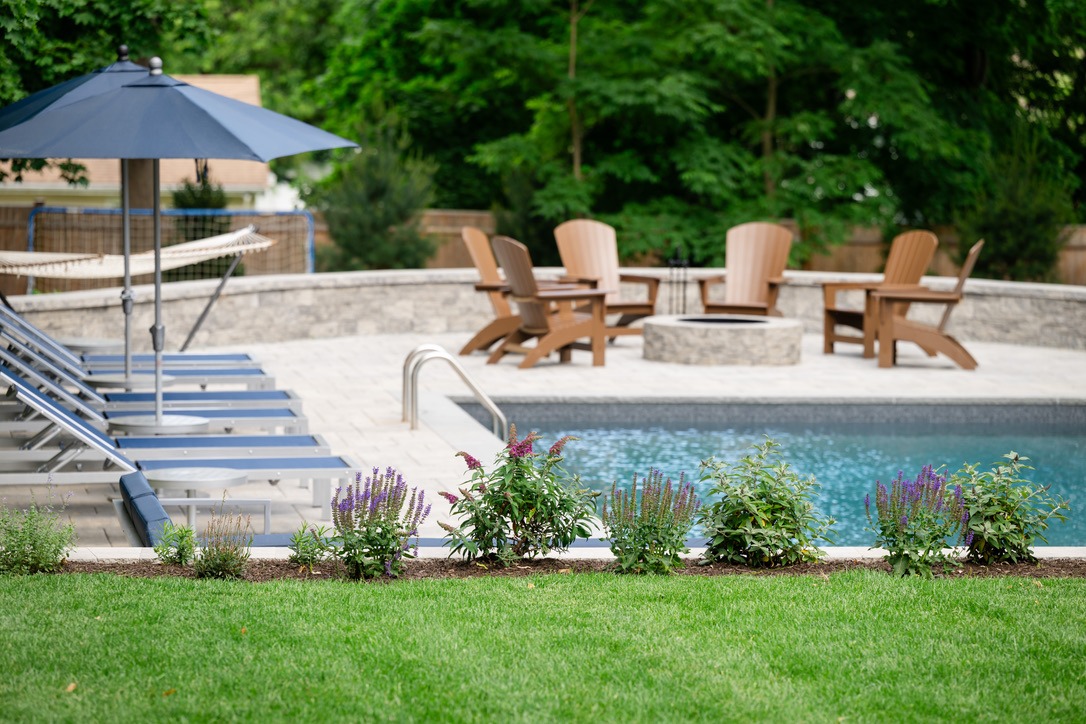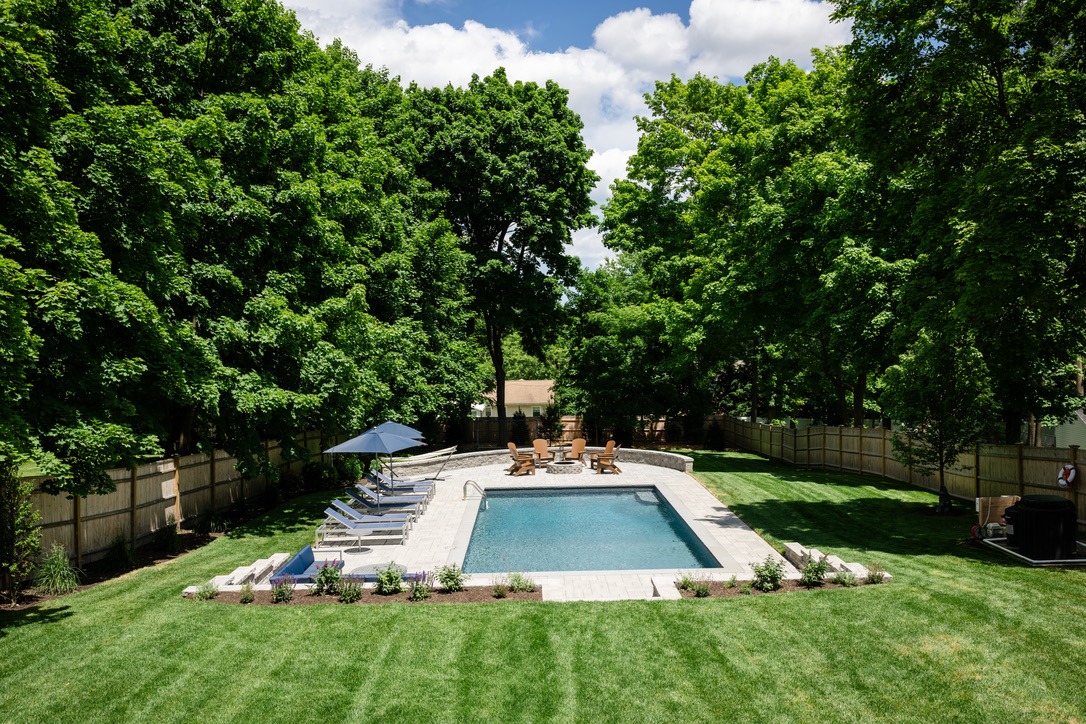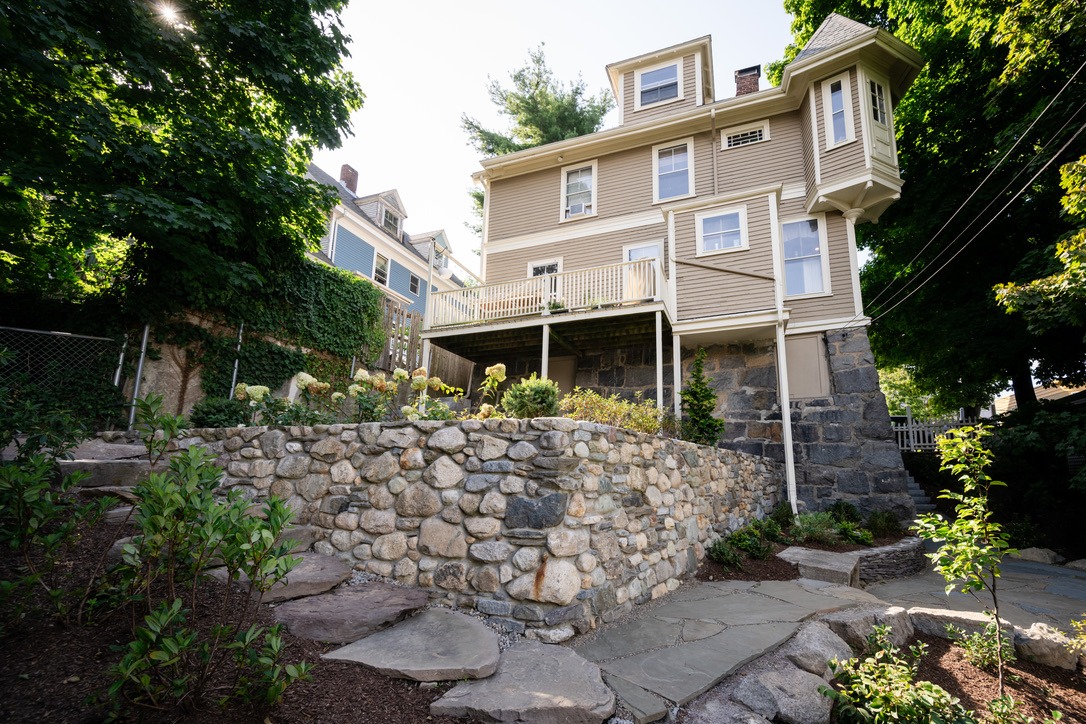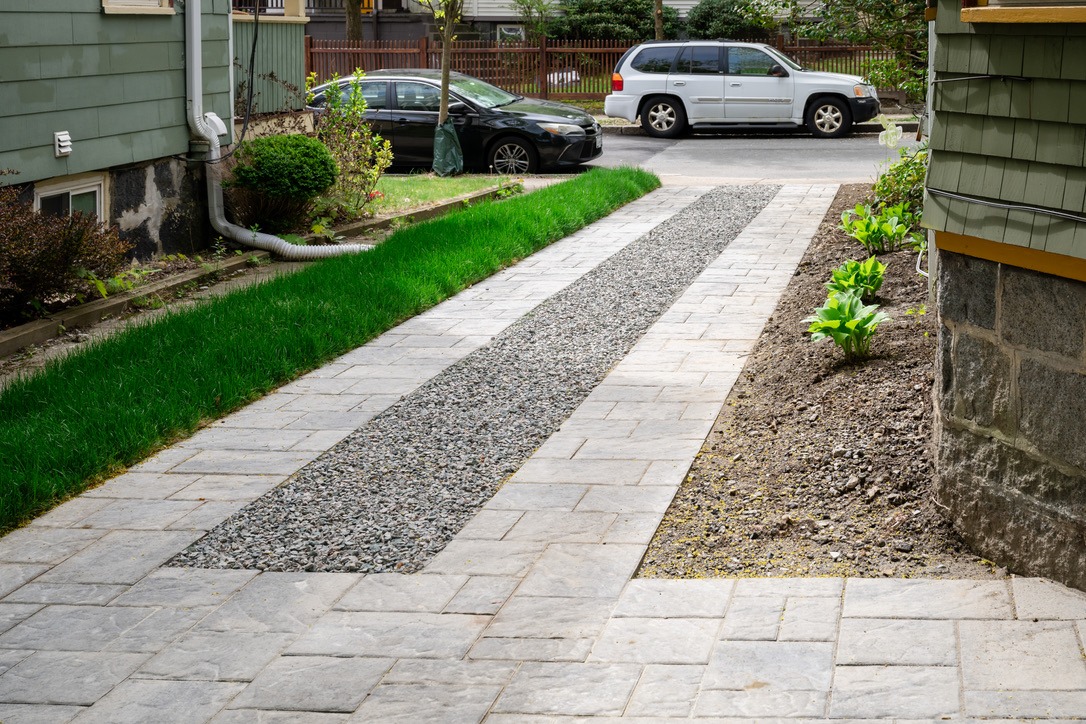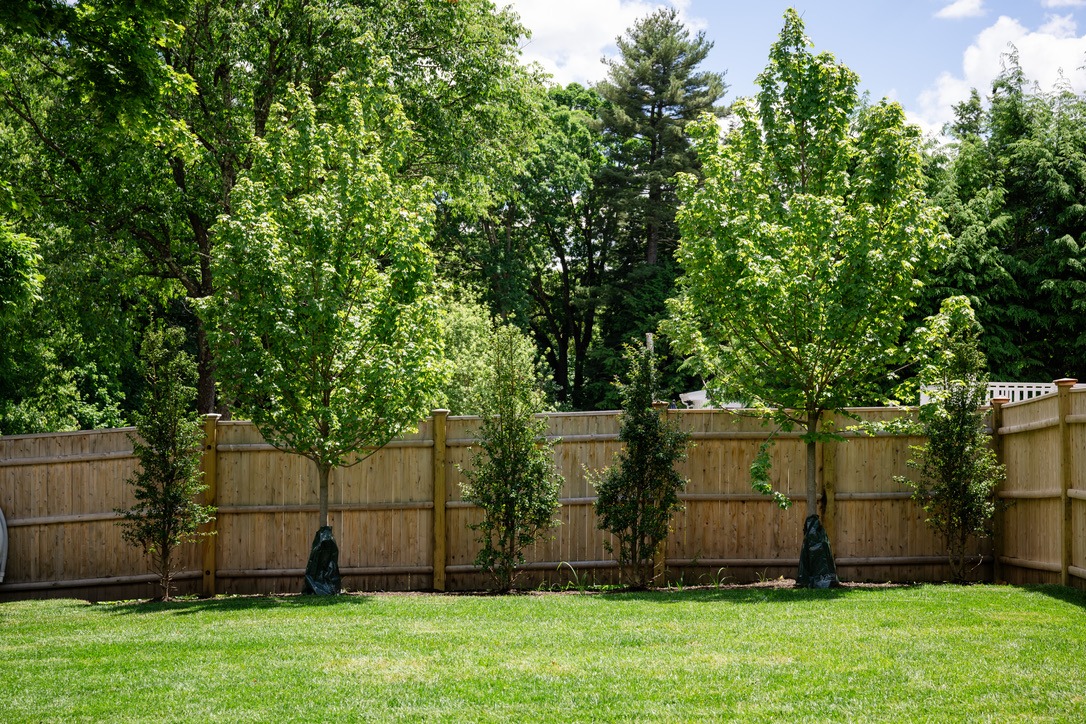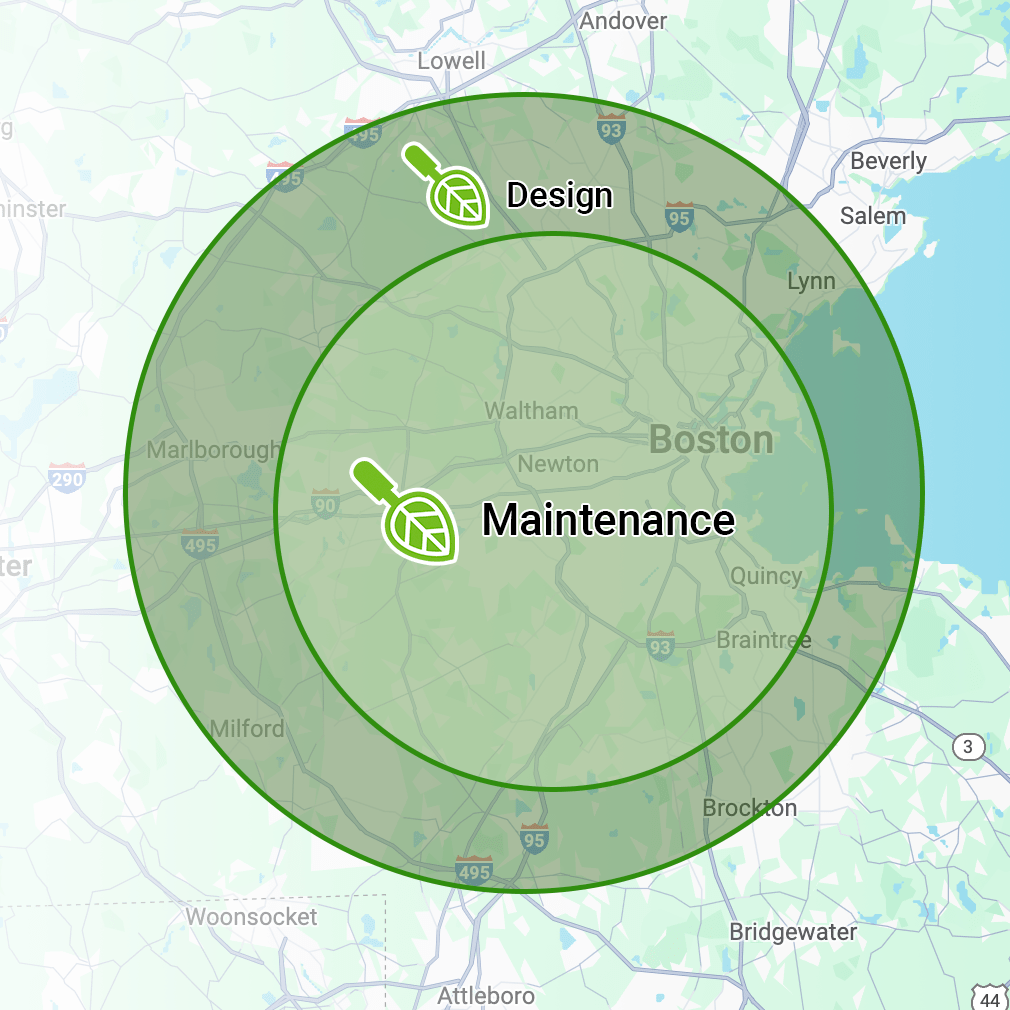Comprehensive Strategies for Effective Landscaping in Milton, MA
Developing a comprehensive landscape design plan is a crucial step in any landscaping project. A well-thought-out plan not only helps ensure the successful completion of the project but also reduces potential issues during execution.
Discover Top Landscapers in Milton, MA for Your Landscape Needs and Wants
The first step to create an effective landscaping plan is to know what you want. Make a list of needs and wants. How do you want to use your yard? Are you keen on growing vegetables, or do you prefer having more space for kids to play? Understanding your lifestyle and preferences will guide the design process.
Exploring Landscaping Companies in Milton, MA
Sun and wind patterns can have a significant impact on your landscape. Knowing where the sun rises and sets, or how wind flows through your yard at different times of the day or year, can help you decide where to put certain elements like trees, patios, or pathways.
Find the Best Landscape Contractor in Milton, MA
Start with rough sketches of your ideas before moving on to detailed plans. These sketches will serve as guides when it’s time to create the final detailed site plan.
Landscaping Services in Milton, MA: Balancing Scale and Pacing
Unifying factors like color scheme, texture, or common shapes can pull together a landscape design. However, it’s also important to consider variations. This is where scale and pacing come into play. Repeat certain kinds of plants or hardscape elements throughout your landscape design for consistency but also introduce some variety for interest.
Exploring the Landscape in Milton, MA
When choosing plants for your landscape, consider their growth rate and size when mature. This will prevent future problems such as plants outgrowing their spaces or blocking paths.
Exploring Landscape Design in Milton, MA
Several professional software tools are available that can help simplify the process of creating a comprehensive landscaping plan. These tools often include features like 3D imagery that allows clients to visualize the final project before it’s executed.
Experience Professional Lawn Care in Milton, MA
Consider hiring a professional landscape designer. They have the expertise and experience to guide you through the process and provide valuable insights that you might not have considered.
Creating a comprehensive landscape design plan is an intricate process that requires careful planning and execution. By implementing these strategies, you can ensure your landscaping project is successful, aesthetically pleasing, and functional.
The Importance of Site Evaluation for Successful Gardeners in Milton, MA
One essential step that should never be overlooked in any landscaping project is a comprehensive site evaluation. This process provides an invaluable understanding of the site’s unique characteristics and potential constraints, which is essential for creating a landscape design that harmonizes with the existing natural conditions while fulfilling client’s specific requirements and preferences.
Why is Site Evaluation Significant?
- The topography of the land: Understanding the slope, drainage patterns, and existing structures allows for strategic planning to leverage or modify these features.
- Soil type and quality: Knowing what types of plants will thrive in your soil can save time, money, and disappointment down the line.
- Climate conditions: Identifying climatic factors like average rainfall, temperature ranges, wind directions can influence plant selection and positioning.
- Existing vegetation: Determining what plants are already on-site can provide clues about soil conditions and help to maintain a naturally balanced ecosystem.
The Process of Site Evaluation
The process involves careful observation, data collection, and analysis.
- Site Visit: Begin with an initial visit to familiarize yourself with the property. This may involve a walk-through with clients to understand their vision, goals, needs.
- Data Collection: Collect vital information about the site such as sunlight exposure throughout different times of day/seasons (sun/shade patterns), prevailing winds direction & intensity, location of utilities etc.
- Analysis: Analyze this information to identify opportunities or constraints presented by these unique conditions.
- Documentation: Finally document all findings in a form that’s easy to reference during design development phase
Tools Used
- Soil-testing kits help ascertain nutrient composition & pH levels
- Light meters measure sunlight intensity in different areas
- Surveying equipment to accurately map site contours
Benefits of Site Evaluation
- Uncover potential challenges and opportunities early in the process
- Develop an environmentally sensitive design that complements the existing ecosystem
- Ensure the sustainability of your project by selecting plants suited to your specific conditions, reducing maintenance efforts.
- Achieve client satisfaction by delivering a landscape design that fits seamlessly into existing site conditions and meets their unique needs.
In essence, the success of a landscaping project is heavily rooted in a thorough and detailed site evaluation. It is not just about creating an aesthetically pleasing environment but also ensuring its compatibility with local ecological systems, improving sustainability while reducing long-term maintenance costs.
Understanding Conceptual Designs in the Landscape Service Industry
Conceptual designs are pivotal in the landscape service industry. They provide a preliminary visualization of how a garden or outdoor space might look after the landscaping work is completed. This step is instrumental in helping clients imagine their dream landscape and make informed decisions regarding the design elements they want to include.
Components of a Conceptual Design
- Layout: This provides an aerial view of your outdoor space, delineating where each feature will be placed, from plants and trees to patios, decks, and swimming pools.
- Plant Selection: A chart or table might be included to list down proposed plant species along with their common and scientific names. It should also indicate where each plant will be positioned.
- Hardscape Elements: This includes non-living features such as walkways, fences, gazebos, fire pits etc. They are typically represented by different colors or symbols on the layout.
- Water Features: These could range from small fountains to large ponds, which are also depicted on the layout.
The Role of Technology
Modern technology has revolutionized conceptual designs in landscape architecture. With software applications, designers can create highly detailed and realistic 3D renderings. Clients can take virtual tours through their proposed landscape before any real work begins.
- Enhances communication between designer and client
- Allows for quicker adjustments based on client feedback
- Offers a realistic visualization that can help clients better understand the design
- Increases efficiency in project planning
Finalizing a Conceptual Design
- Initial Consultation: You discuss your vision for your outdoor space with your designer.
- Drafts: The designer creates initial drafts based on your input. You’ll be able to suggest changes or improvements.
- Revisions: The designer makes revisions based on your feedback.
- Finalization: Once you’re satisfied with the design, it’s finalized and readied for implementation.
Understanding conceptual designs in the landscape service industry is crucial, whether you’re a client looking to revamp your outdoor space or a professional aiming to deliver quality services. They serve as the blueprint for creating beautiful, functional landscapes that not only meet clients’ expectations but often exceed them.
Finding the Best “Landscaping Companies Near Me” for Your Next Project
Final site plans hold a significant role in landscaping projects. They are not just maps, but comprehensive guides that ensure all aspects of the project are accurately and effectively implemented. Without a final site plan, there may be errors and inconsistencies, leading to future problems in the landscape.
What is a Final Site Plan?
A final site plan is a detailed and scaled drawing of a landscape design project. It represents what the finished landscape will look like after all elements such as plants, structures, paths, and water features have been installed.
- Placement of plantings and trees
- Location of walkways and paths
- Positioning of outdoor structures such as gazebos or pergolas
- Water features like ponds or fountains
- Lighting fixtures
Why Are Final Site Plans Vital for Landscaping Projects?
- Accuracy: The layout provides precise measurements and placement details for every element within your landscape design which eliminates guesswork during implementation.
- Efficiency: It helps streamline the installation process by providing clear instructions to contractors on where each element should be placed.
- Budgeting: By providing a detailed view of the end project, it allows you to clearly see what materials are needed which aids in accurate budgeting.
- Compliance: Many local authorities require detailed site plans for approval before construction can begin.
Creating an Effective Final Site Plan
- Site Analysis: This involves taking accurate measurements of your property and noting down existing features like buildings, trees, slopes etc.
- Conceptual Design: Based on your requirements and preferences, sketch out a broad outline of your desired landscape.
- Detailed Design: Refine your sketch into a detailed site plan. This includes specifying materials for walkways or patios, types of plants to be used etc.
- Final Plan: The final plan combines all the details into a comprehensive layout that can be used by contractors for implementation.
In summary, the role of final site plans in landscaping projects is crucial to guarantee the precision and efficiency of implementation. It brings together all aspects of the landscape design, from conceptualization to the selection of materials and structures, ensuring that your finished project aligns with your vision. It is an indispensable tool in the arsenal of any successful landscaping project.
How 3D Imagery Transforms Landscape Design Planning and Execution
The advent of 3D imagery has introduced unprecedented levels of precision and visualization in the landscape design planning and execution phases. This cutting-edge technology allows landscapers, property owners, architects, and designers to visualize the end product in a realistic way before the actual work begins.
One essential advantage of 3D imagery is that it makes communication between the service provider and client more effective. It provides a comprehensive idea of what to expect once the project is complete. The client can provide feedback based on these images, which can be adjusted to meet their satisfaction, thus minimizing costly changes during the execution phase.
- Enhanced Visualization: Unlike traditional 2D drawings that only provide a flat view of the landscape design, 3D images offer multiple perspectives from various angles. This feature allows everyone involved in the project to see every detail accurately.
- Realistic Representation: A picture is worth a thousand words – this holds even more true for a 3D image. It gives clients an almost real-life representation of what their property will look like once it’s landscaped. It includes textures, colors, shadows, reflections, lightings – all elements contributing to a more realistic representation.
- Efficient Project Planning: With 3D imagery, professionals can foresee potential issues or conflicts that may arise during construction. This foresight helps them plan effectively by considering all aspects such as spatial distribution and materials needed before starting actual work.
- Increased Client Satisfaction: When clients can see exactly what they’ll get beforehand through accurate 3D pictures, they’ll feel more secure about their investment which leads to higher customer satisfaction.
- Virtual Walkthroughs: Some advanced design software offer virtual walkthroughs. These present an interactive experience for clients, allowing them to “walk” through the proposed landscape design and experience different views and angles.
- Plant Growth Simulation: Certain software can simulate how plants will grow over time. This helps in understanding how a landscape will look years after installation, thus aiding in long-term planning.
- Topography Analysis: 3D imagery allows landscapers to have an accurate understanding of the topography of the land. It enables them to make well-informed decisions about plant placement, drainage systems, and other vital aspects.
In essence, the impact of 3D imagery on landscape design planning and execution is substantial. It enhances visualization, improves communication, brings about efficient project planning, and increases client satisfaction. This technology not only revolutionizes how landscape designs are created but also takes customer experience to a whole new level by bridging the gap between imagination and reality. As technology continues to evolve, we can expect more advancements that further enhance this aspect of landscaping services.
